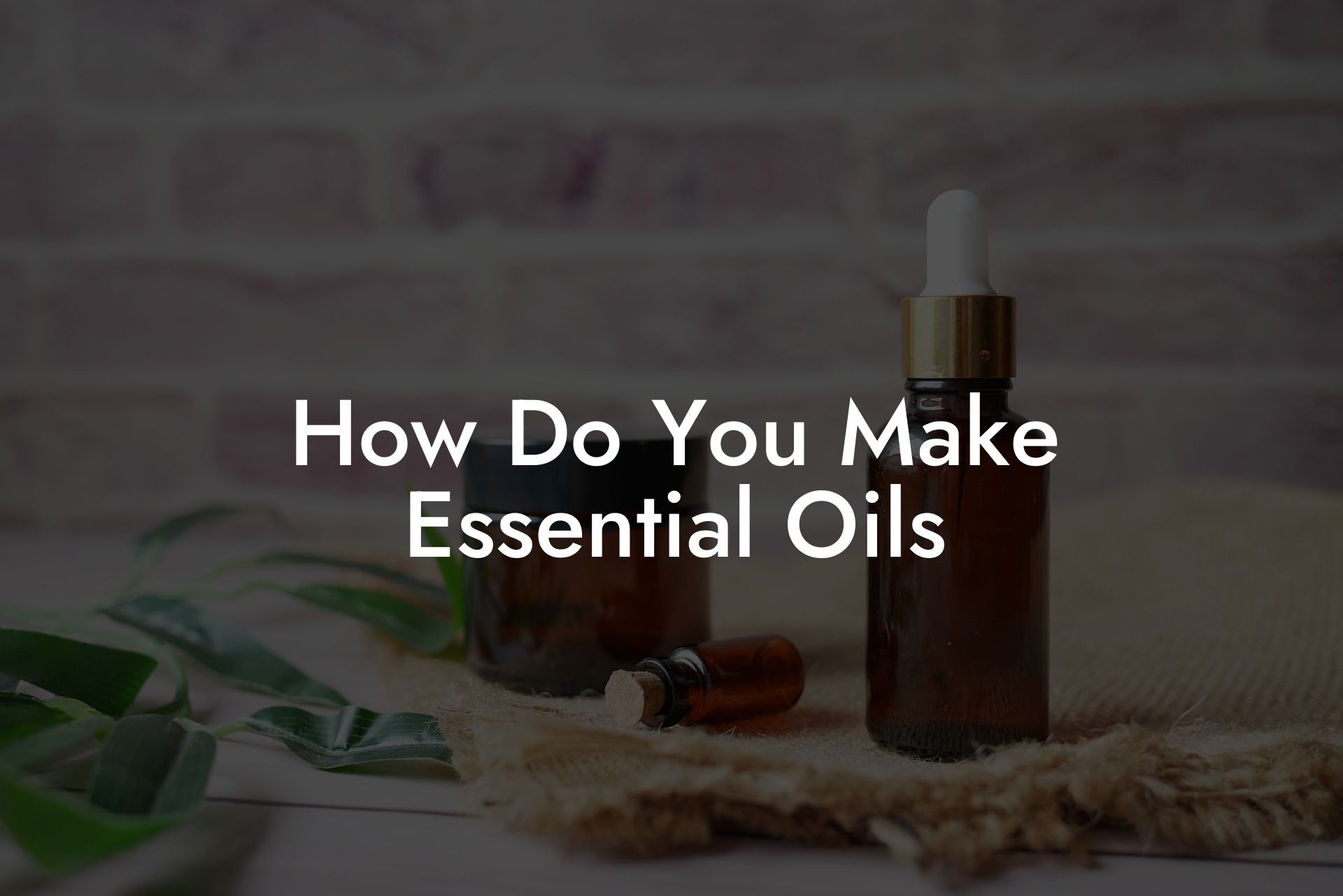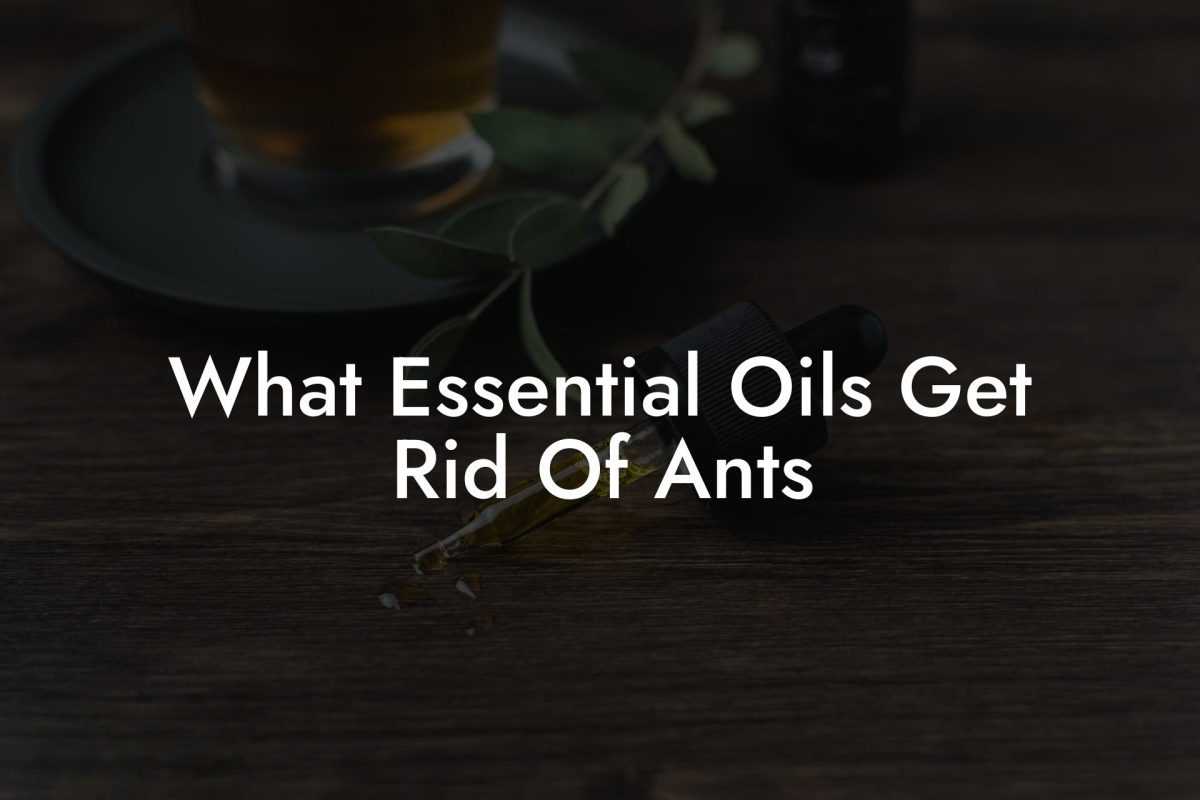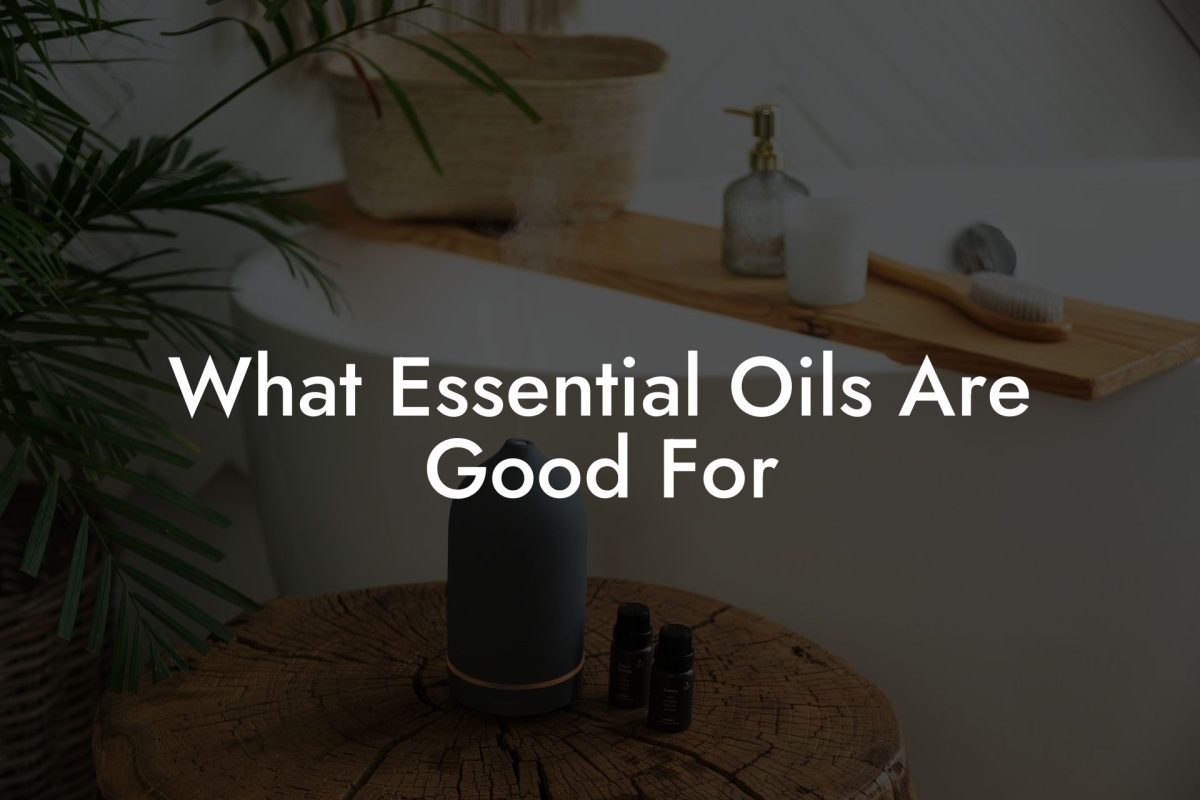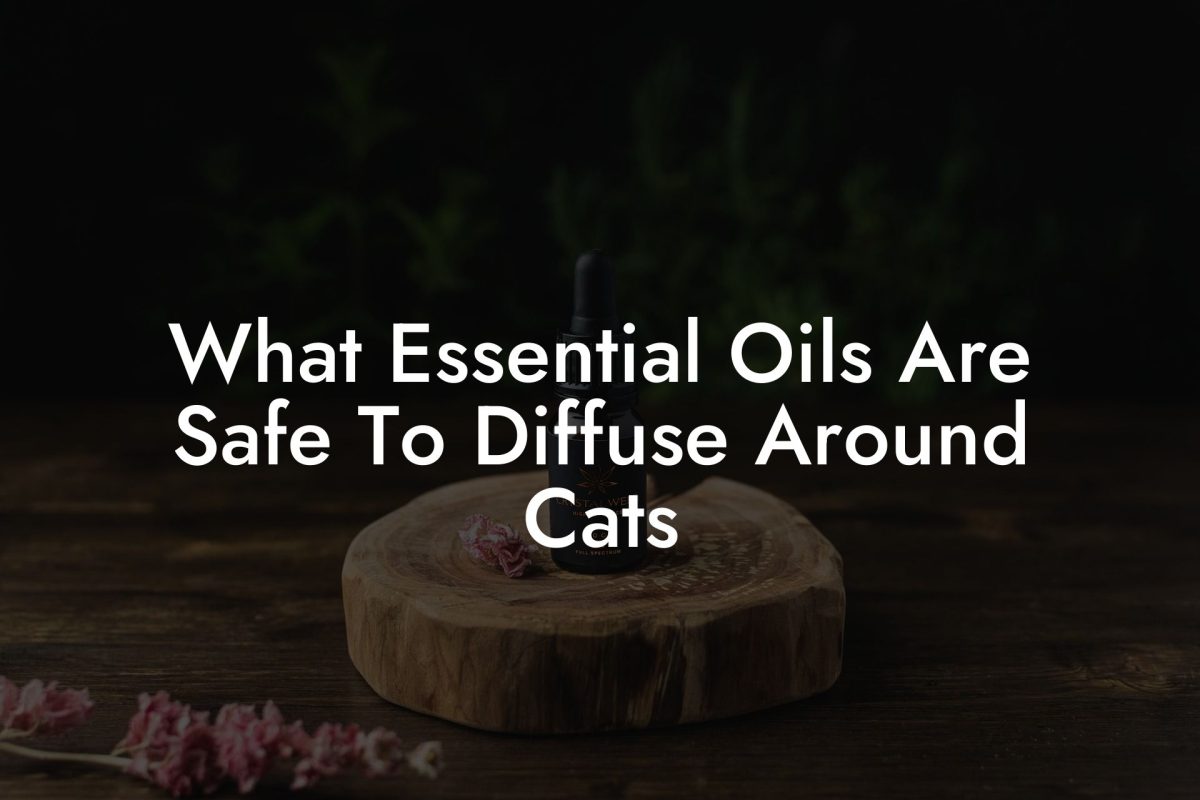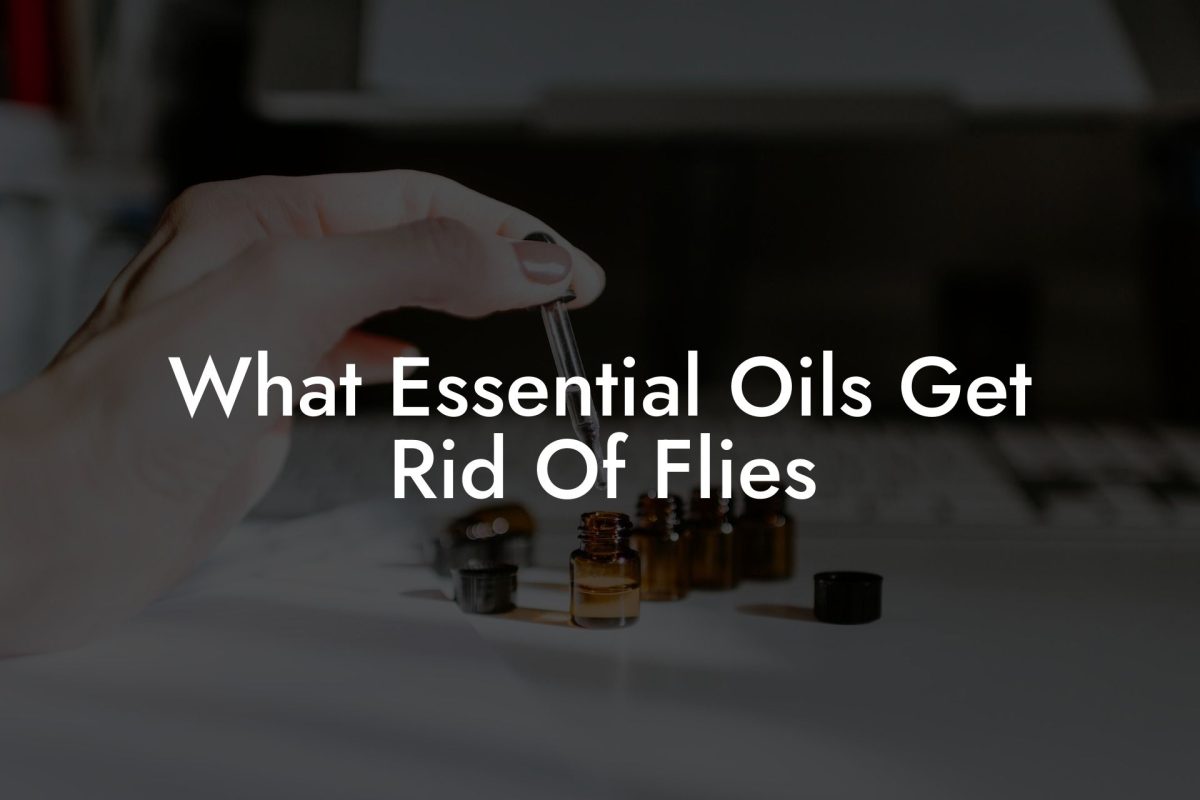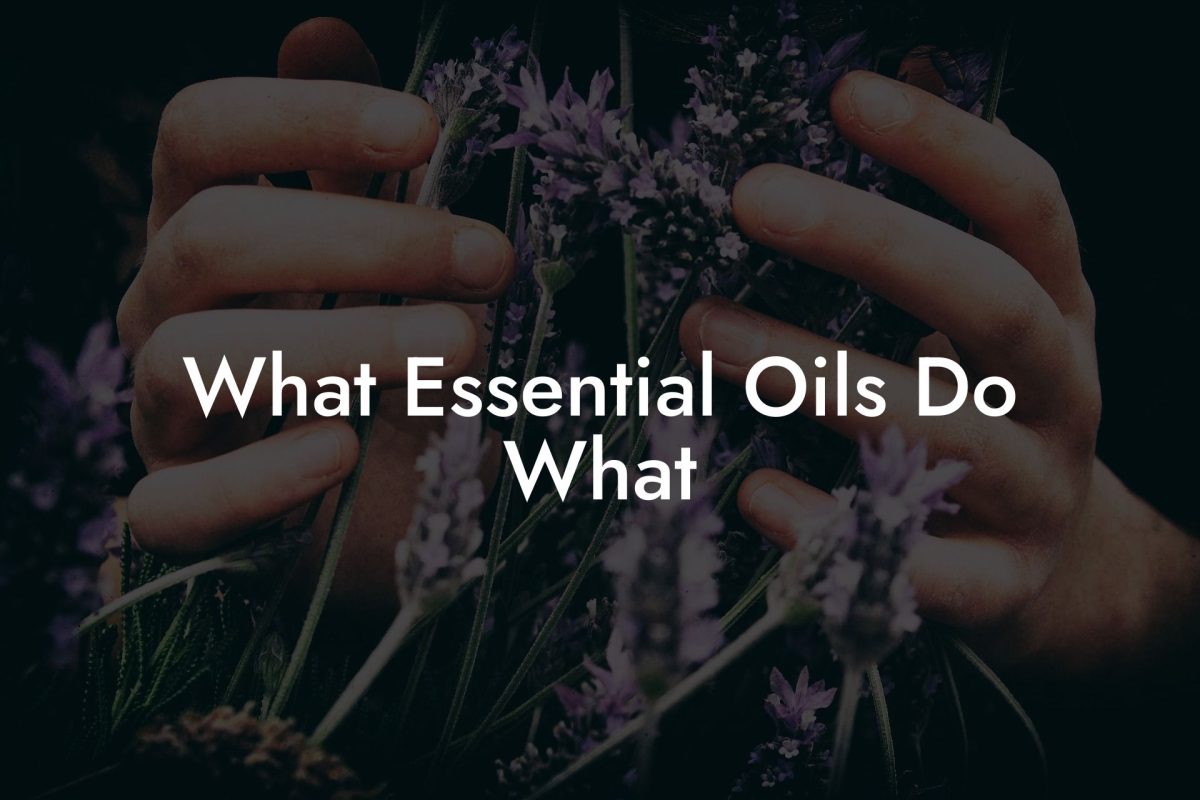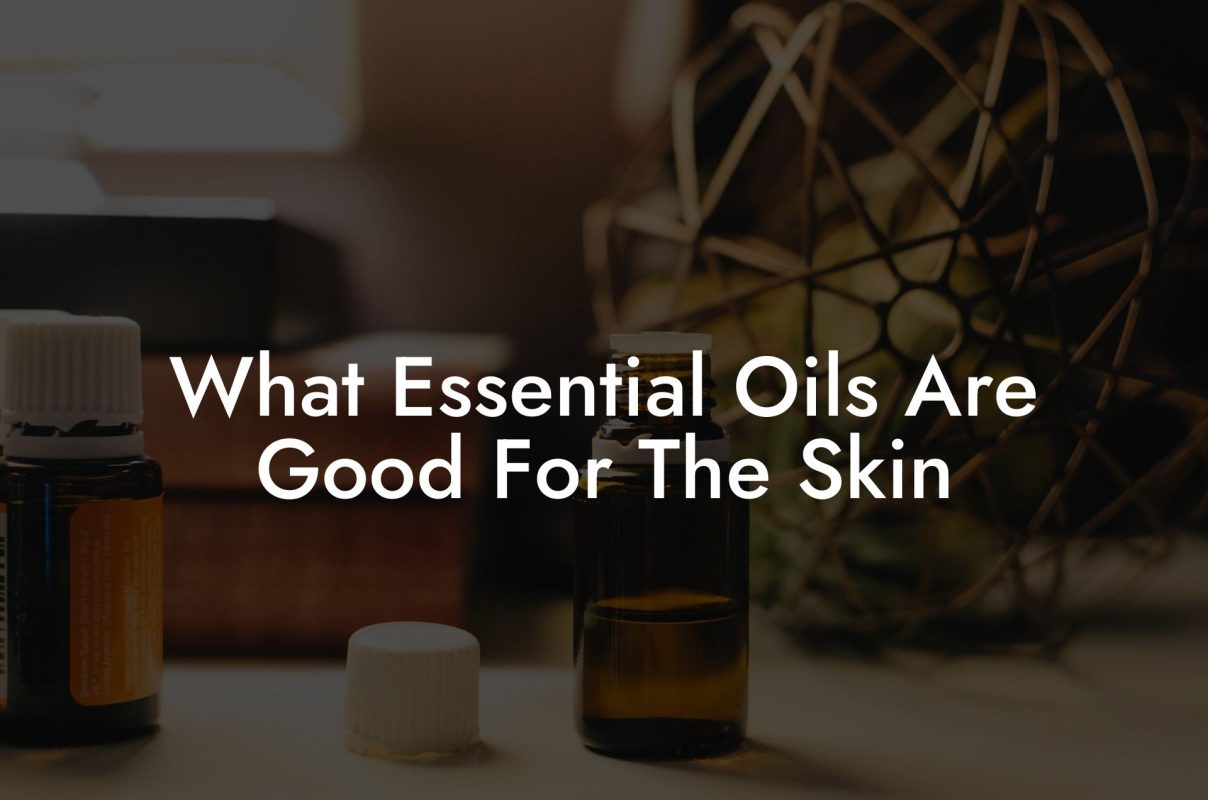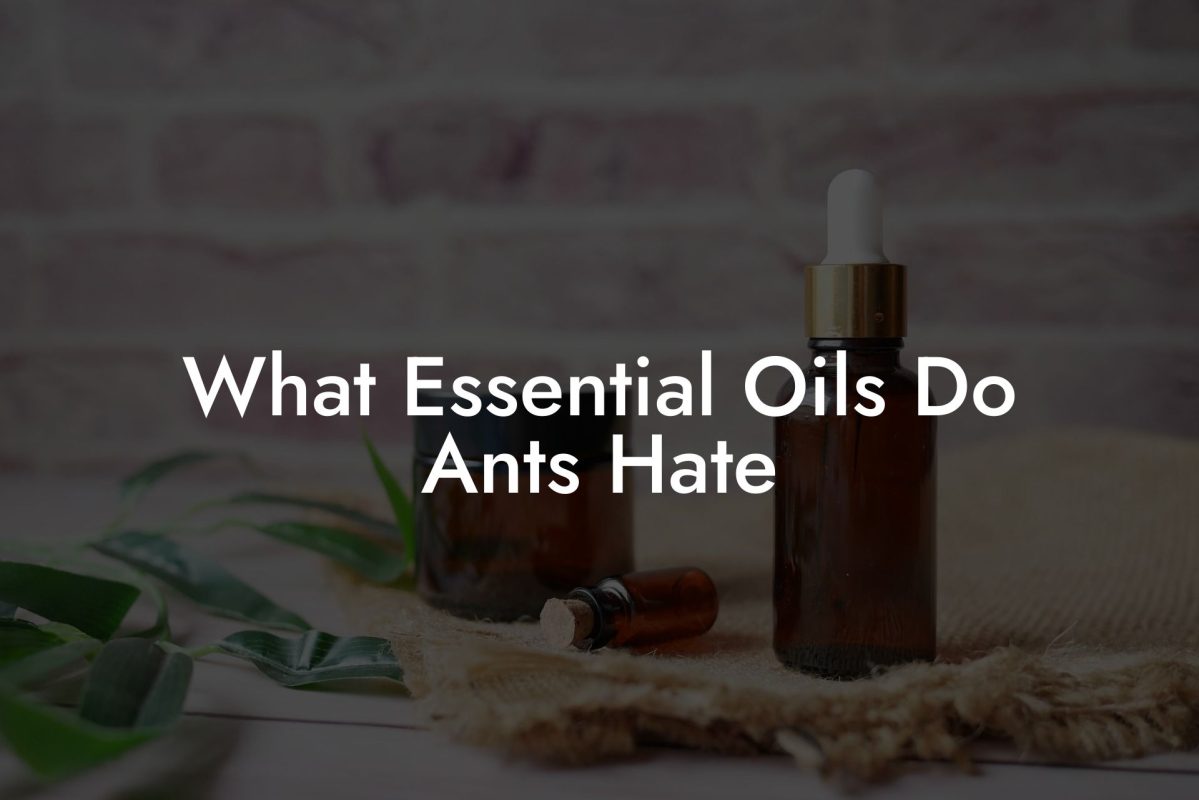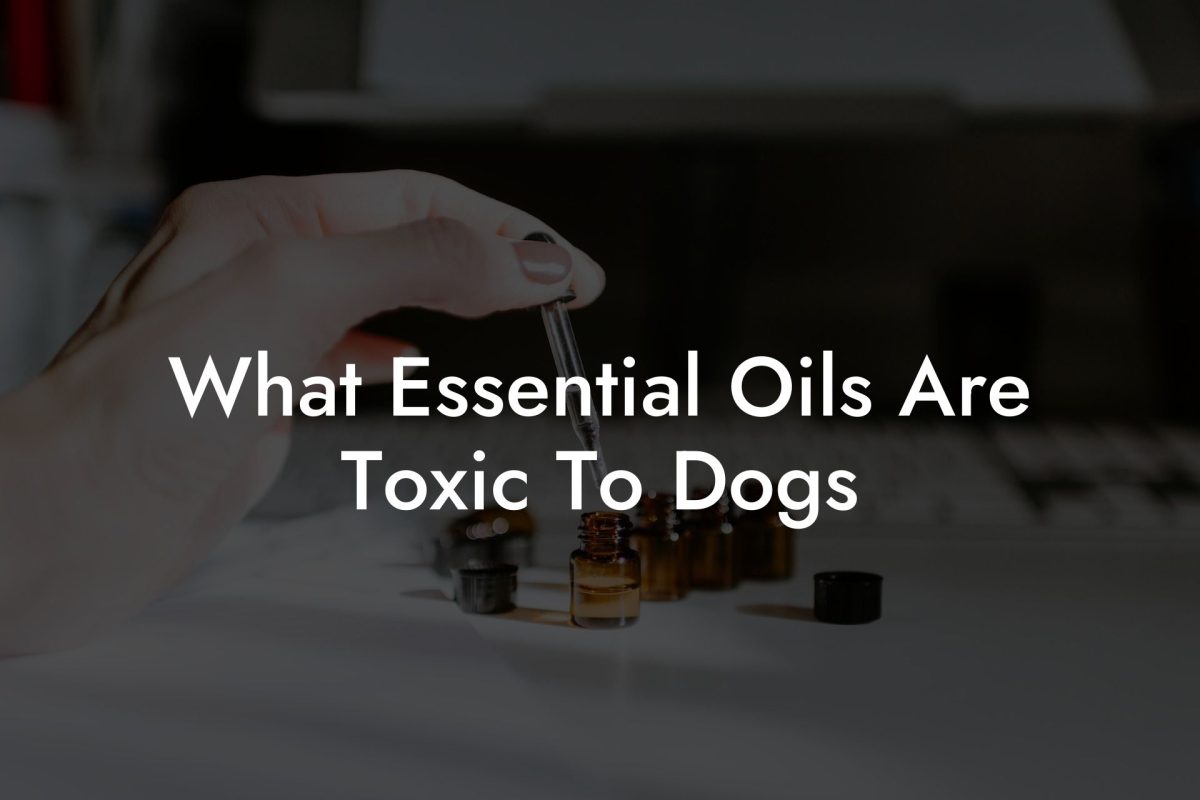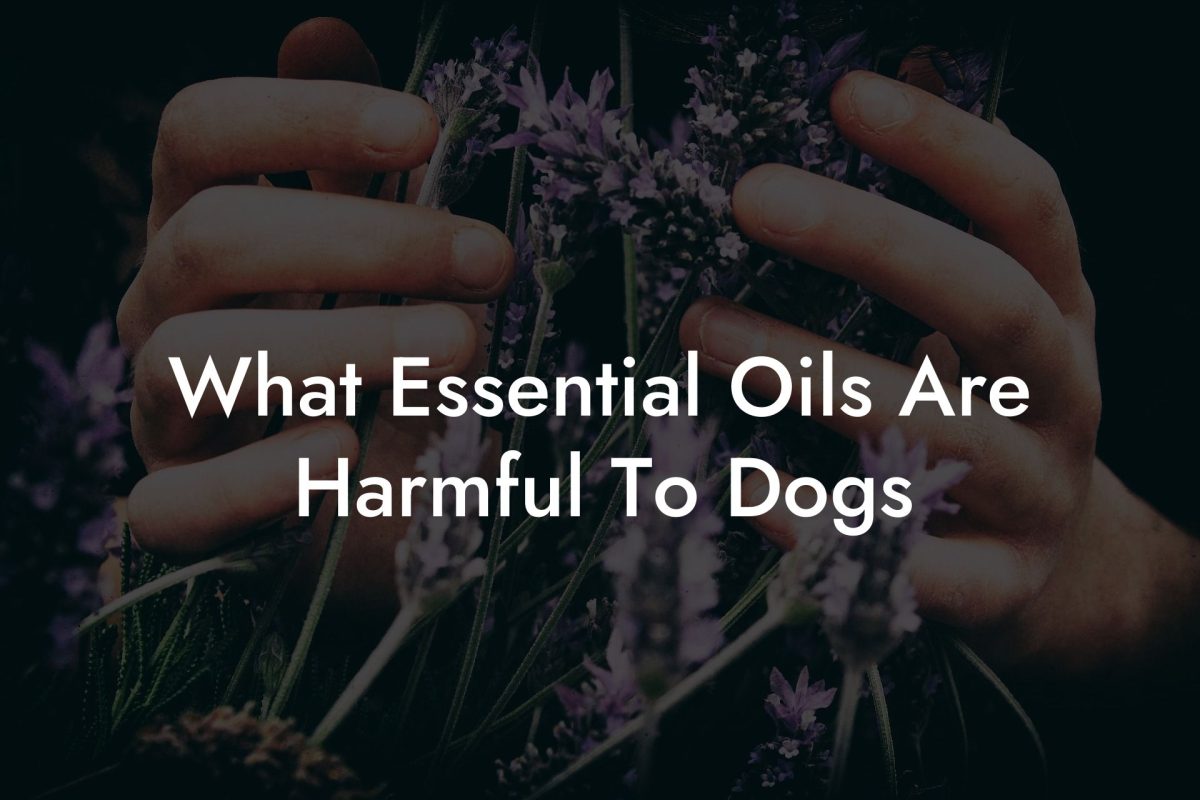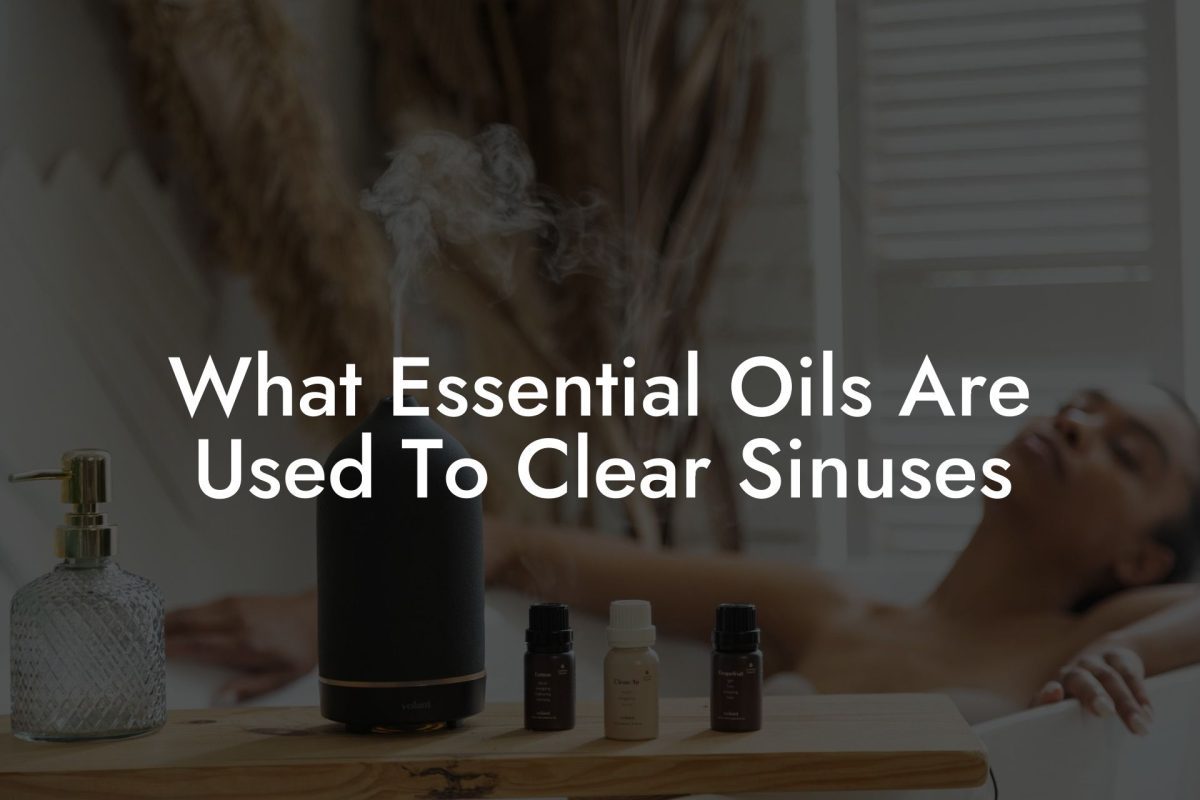Discover the fascinating process of creating essential oils, nature’s very own aromatic treasure. In this comprehensive guide, we’ll dive deep into the world of essential oils by uncovering the different methods of extraction, and how these contribute to the unique properties and benefits of each oil. You’ll learn everything from traditional distillation techniques to the more modern methods used in the creation of Oshu Oils’ Artisan Essential Earth Oils.
Table of Contents
Distillation: The Most Popular Method
Steam distillation is the most widely-used method for extracting essential oils from plants, particularly for the production of premium-quality products like Oshu Oils. In this process, steam is passed through the plant material, breaking down the cells and releasing the oil into the vapor. The steam is then condensed and collected as a liquid, with the essential oil floating on top, easy to separate and bottle.
Water Distillation
In water distillation, plant material is immersed in boiling water to release the essential oils. This is a less efficient method, as prolonged exposure to high heat could degrade the quality of the oil. However, it is still used for the extraction of some delicate flowers whose essential oils are susceptible to damage during steam distillation.
Expression: Cold Press Extraction for Citrus Oils
This method, often known as ‘cold pressing’, is mainly used for extracting essential oils from citrus fruits like oranges, lemons, and limes. It involves mechanically pressing the oil from the fruit peels, making sure not to include any of the bitter white pith. This method keeps the essential oil intact and retains its full, vibrant aroma without the need for heat or solvents.
Solvent Extraction: Capturing the Essence of Delicate Flowers
Some exquisite flowers, like jasmine or tuberose, cannot withstand the heat generated by steam distillation or the mechanical pressure of expression. This is where solvent extraction comes into play. Organic solvents like hexane, ethanol, or supercritical CO2 are used to dissolve and capture the aromatic compounds from the plant material. The solvent is then evaporated, leaving behind an absolute or resinoid – a more concentrated, less volatile form of the essential oil.
Enfleurage: A Traditional and Labor-Intensive Method
Enfleurage is a rare, traditional, and highly labor-intensive method of essential oil extraction, typically used only for delicate flowers like jasmine and gardenia. Fresh flower petals are gently spread onto a layer of animal or plant fat, which absorbs the aromatics. The process is repeated multiple times with fresh petals until the fat is saturated with the fragrance. The enfleuraged fat is then washed with alcohol to extract the essential oil, leaving behind a luxurious, highly concentrated oil known as an ‘absolute’.
How Do You Make Essential Oils Example:
For an oil like Oshu’s Lavender Oil, steam distillation is the method of choice. Lavender flowers are carefully collected and packed into a distillation chamber. Steam is then passed through the flowers, releasing their precious essential oil. Once collected and condensed, the resulting liquid is separated into essential oil and lavender hydrosol. The oil is then bottled and used in Oshu’s expertly-blended formulations, while the hydrosol is often utilized in skincare and sprays.
With this newfound knowledge of the various methods of essential oil extraction, you can better appreciate the care, innovation, and attention to detail that goes into creating Oshu Oils’ Artisan Essential Earth Oils. From distillation to solvent extraction, each technique contributes to the authentic, pure, and deeply aromatic oils used in our formulations, designed to bring balance and wellbeing to modern lifestyles. So, go ahead and share this fascinating piece with your friends, explore our other insightful guides on essential oils & aromacology, and delve into the enchanting world of Oshu Oils’ essential oil blends.

